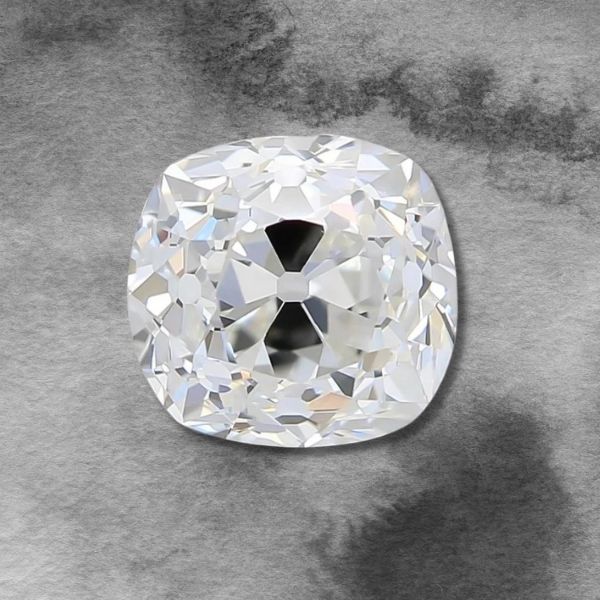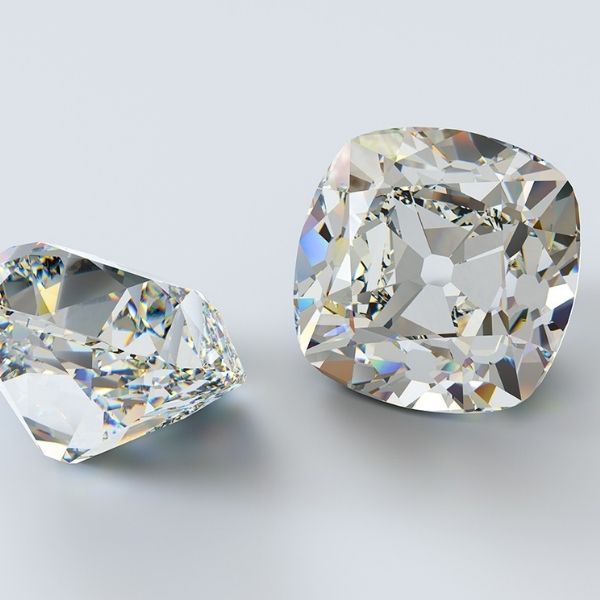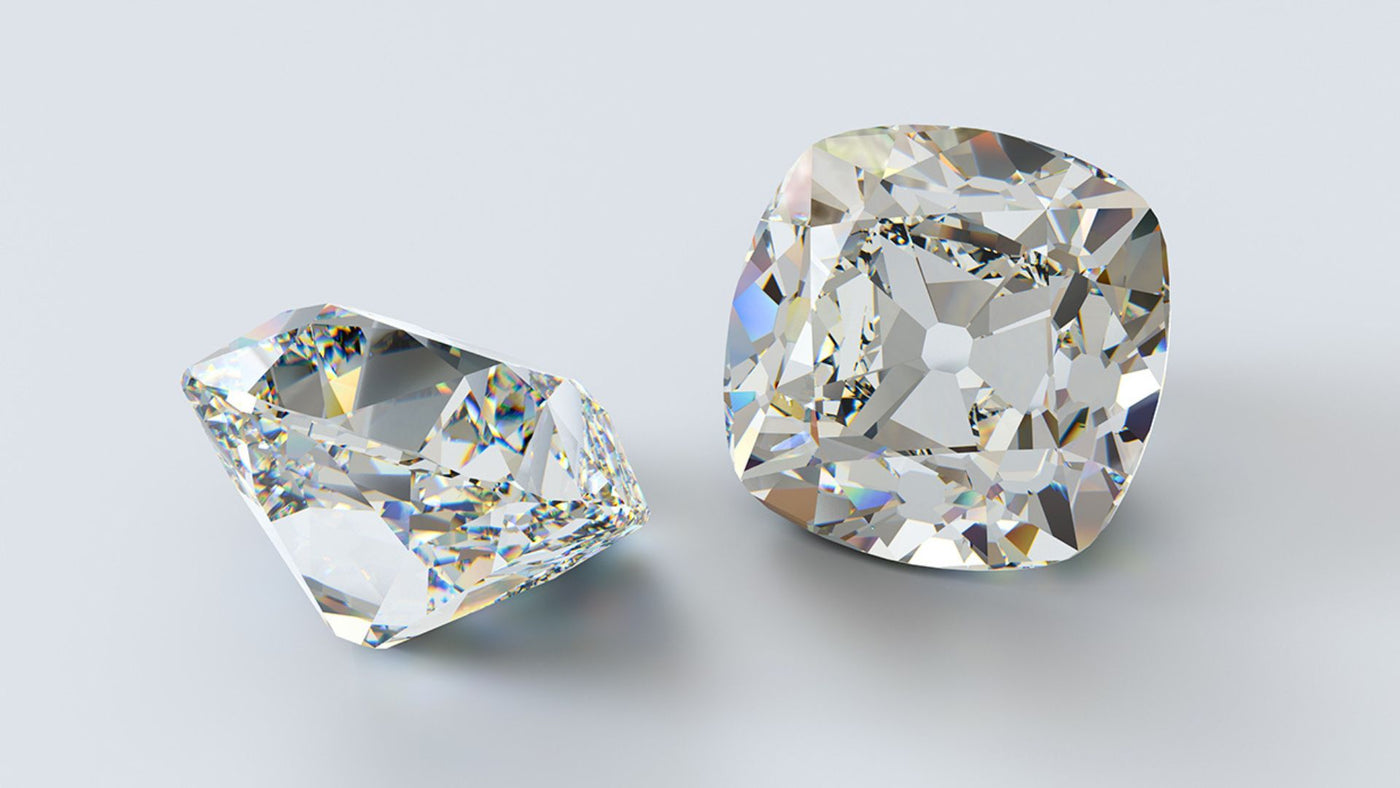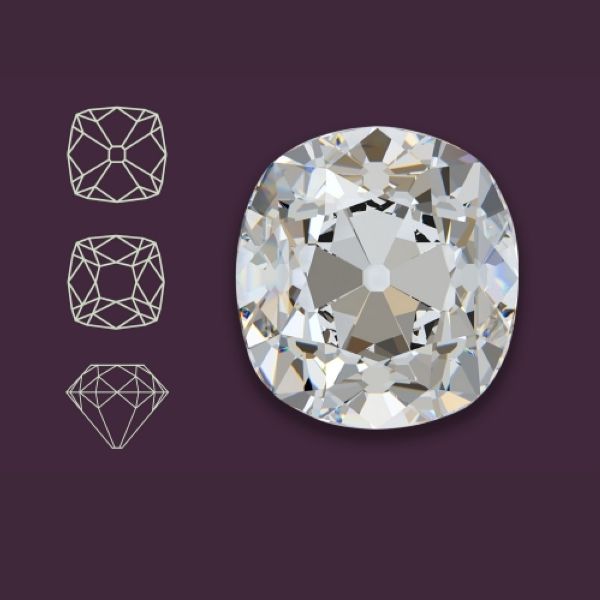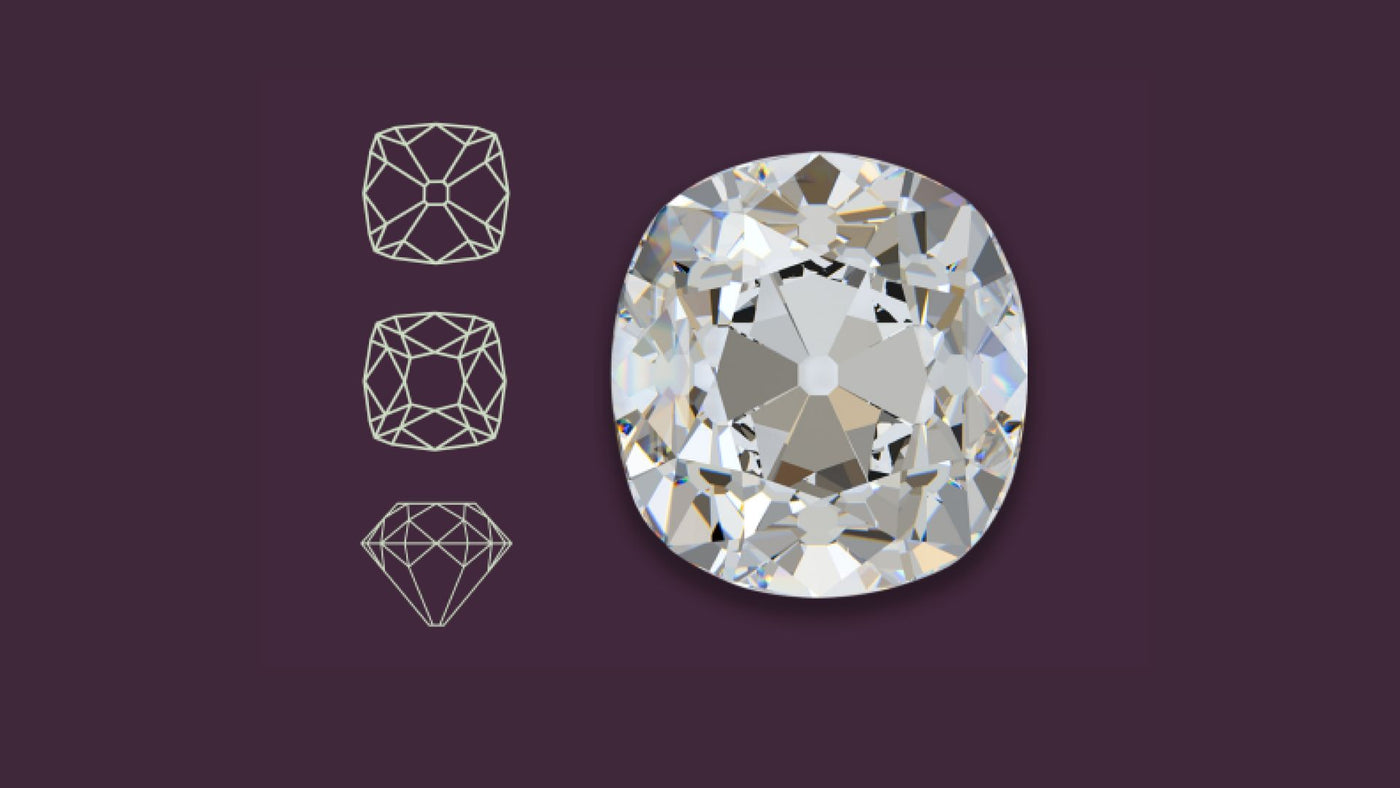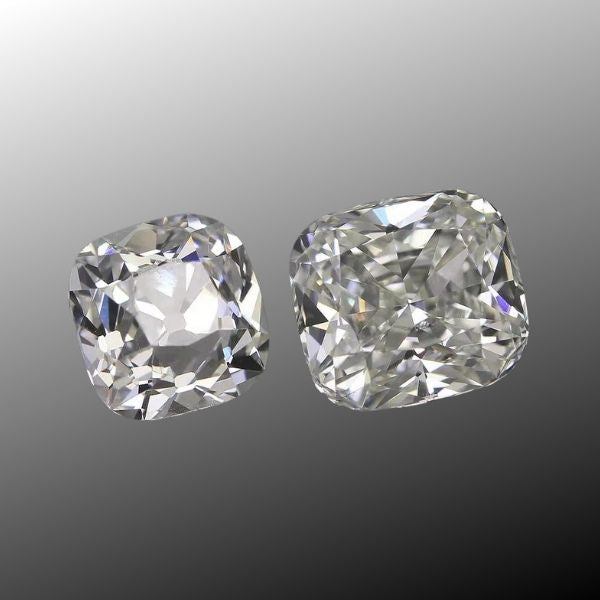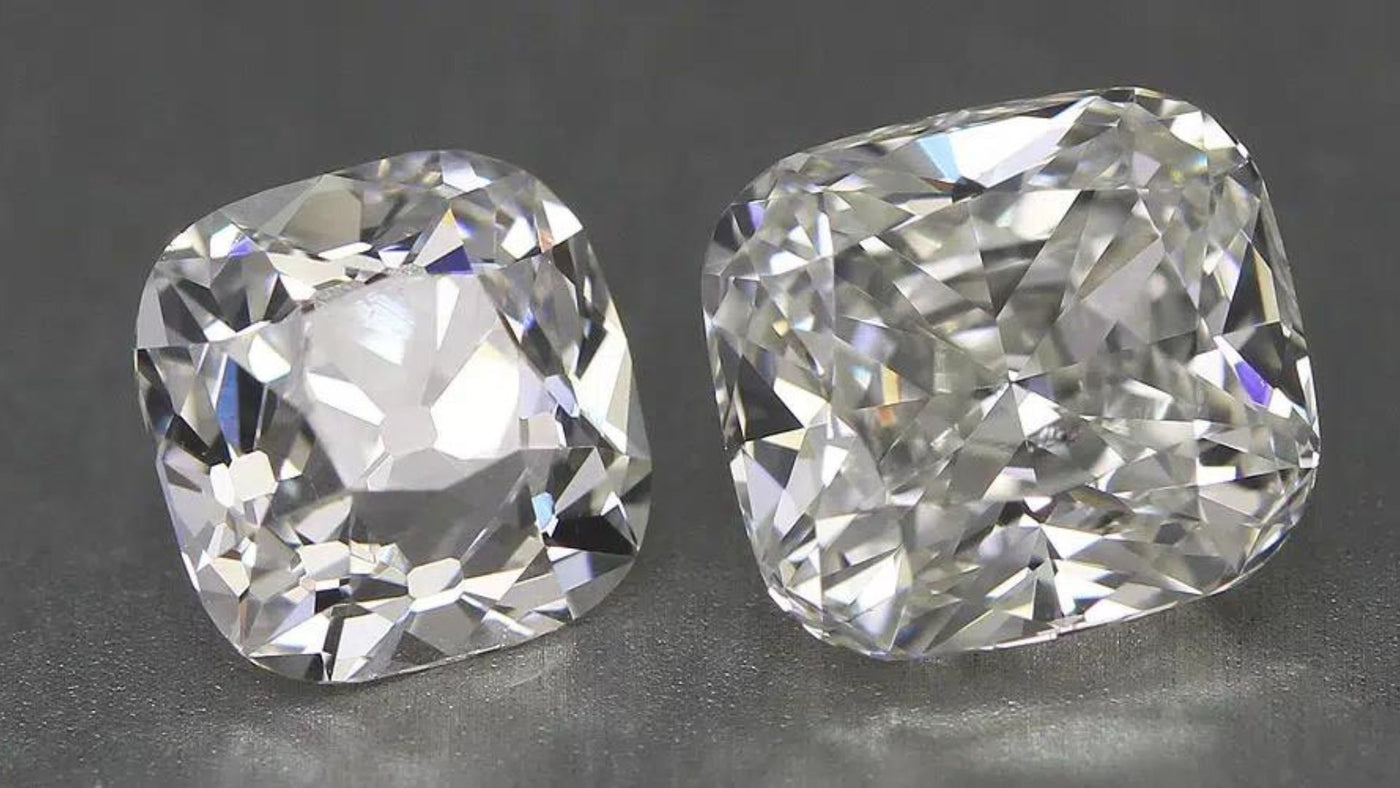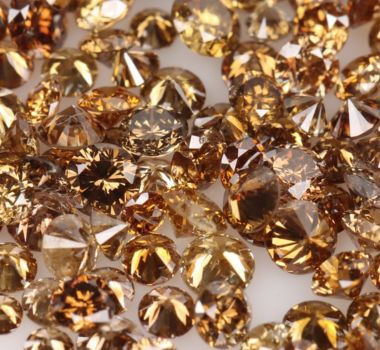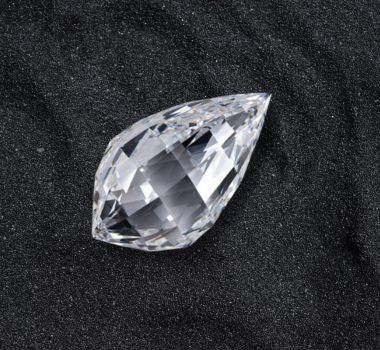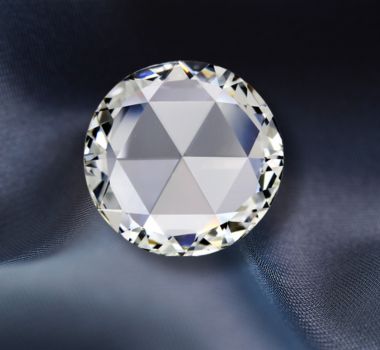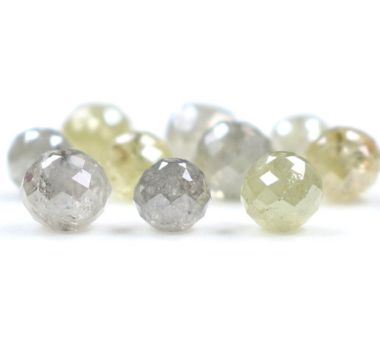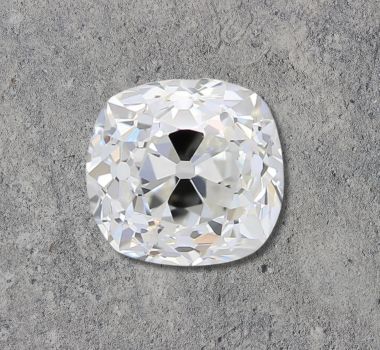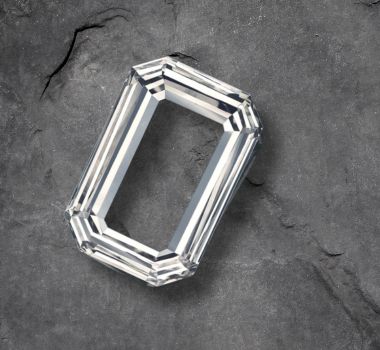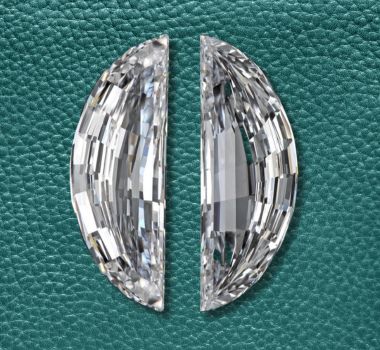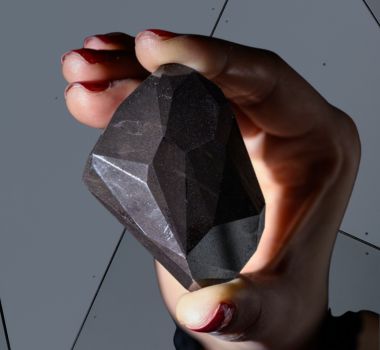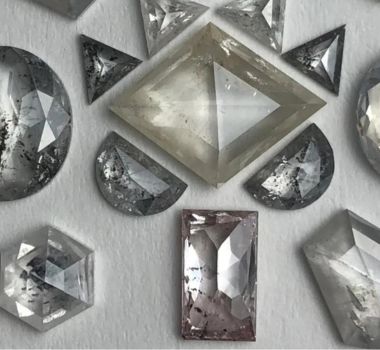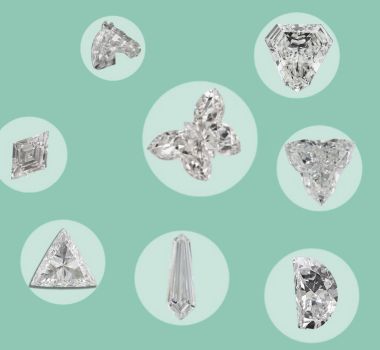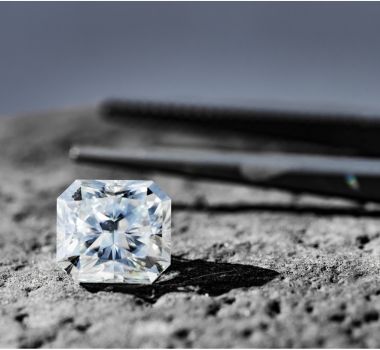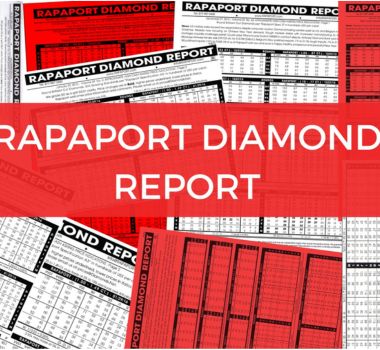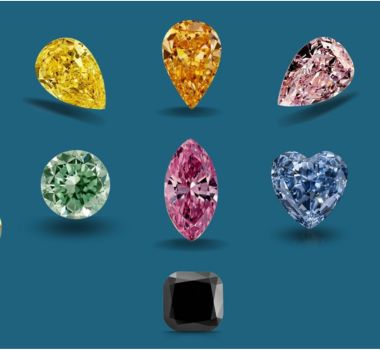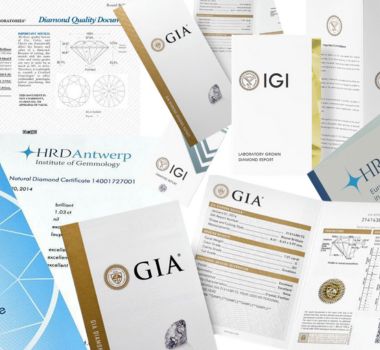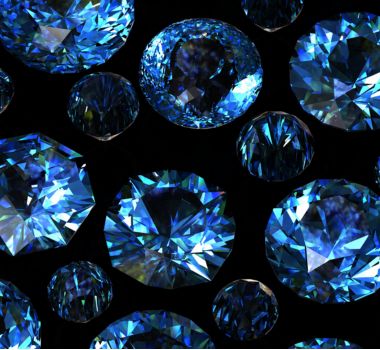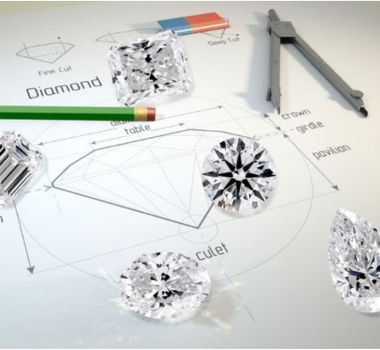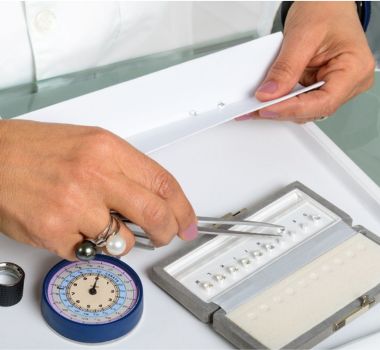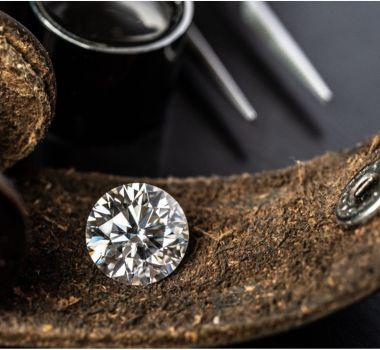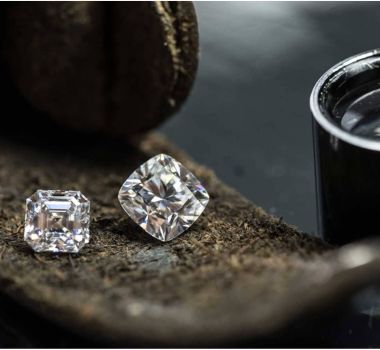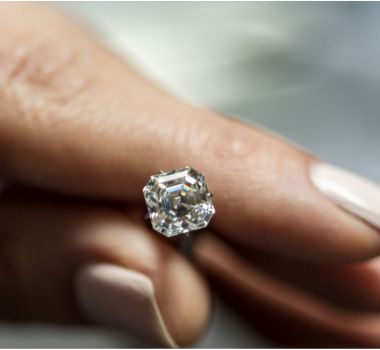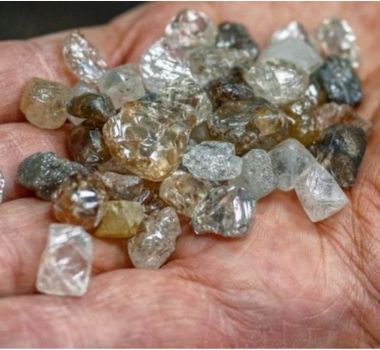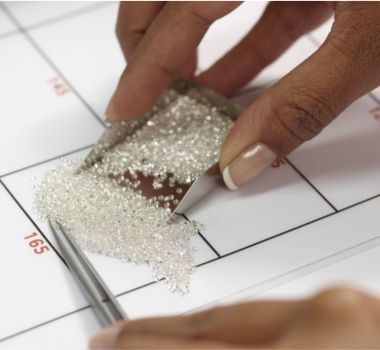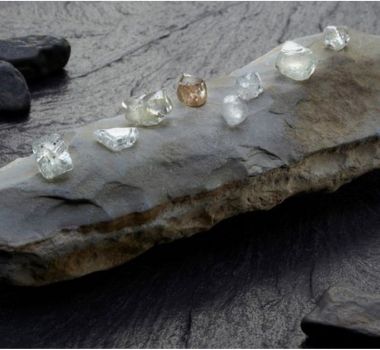
History of Old Mine Cut diamonds
Old mine cuts, originating in the 1700s, boast 58 facets, featuring a distinct visible culet (a small facet at the gem's bottom) and a squarish shape. The unique aspect of these culets varies in dimensions from one stone to another, imparting a singular look to each diamond. The distinctiveness of this appearance is such that once you've encountered one, recognizing it becomes a memorable feat.
The diamond cutting process underwent partial mechanization with the invention of the bruting machine in 1874. This innovation allowed cutters to achieve enhanced scintillation, rounded outlines, and improved weight retention, giving rise to the old European cut. Much like its predecessor, the old European cut comprises 58 facets, including a visible culet, and serves as the precursor to the modern brilliant cut prevalent today.
In the contemporary context, old mine cut diamonds are commonly found in Georgian jewelry (1714—1837), while jewelry from the Victorian era (1819—1901), Edwardian era (1901—1914), and the Art Deco Period (1915-1935) predominantly utilizes the old European cut.
Rare diamond shapes
Selecting an old mine cut diamond involves a more nuanced process compared to choosing a modern diamond cut. These diamonds, classified as antiques and no longer in production, face an extremely limited supply, with only a handful of professionals dealing with or specializing in old mine diamonds. The distinctive nature of their cutting and production methods necessitates a unique approach when seeking the perfect one.
One reason why some engagement ring enthusiasts are gravitating towards these vintage diamond cuts is the captivating scintillation and fire (dispersion of color) they emanate. Due to larger facets and a less precise cut than the modern round brilliant cut, these diamonds exhibit mesmerizing patches of color, presenting a wholly distinct presence in social media snapshots.
Choosing an Old Mine Cut Diamond
If a larger carat size appeals to you more than the round diamond shape, exploring the old mine cut or old European cut could be a viable option. These cuts may be obtainable from diamantaires or antique jewelry shops at a potentially lower cost compared to a modern round brilliant cut of a smaller carat size. And who doesn't appreciate getting more for less? If you're seeking a blend of the best of both worlds, I recommend considering the cushion cut, seamlessly merging antique charm with modern allure. With its squarish, pillow-shaped outline and brilliant, sharp facets, it often comes with a significantly lower price tag than a round diamond of comparable quality.
As always, concentrate on your personal preferences in the appearance of a diamond. While those pursuing modern diamond cuts can heavily rely on the diamond’s GIA certificate and gradings for decision-making, this approach doesn't apply to old mine diamonds. Each stone requires personal inspection, underscoring the importance of working with a professional to find the right match. The modern grading system falls short in appreciating the beauty and allure found in the subtle imperfections and idiosyncrasies of each diamond.
